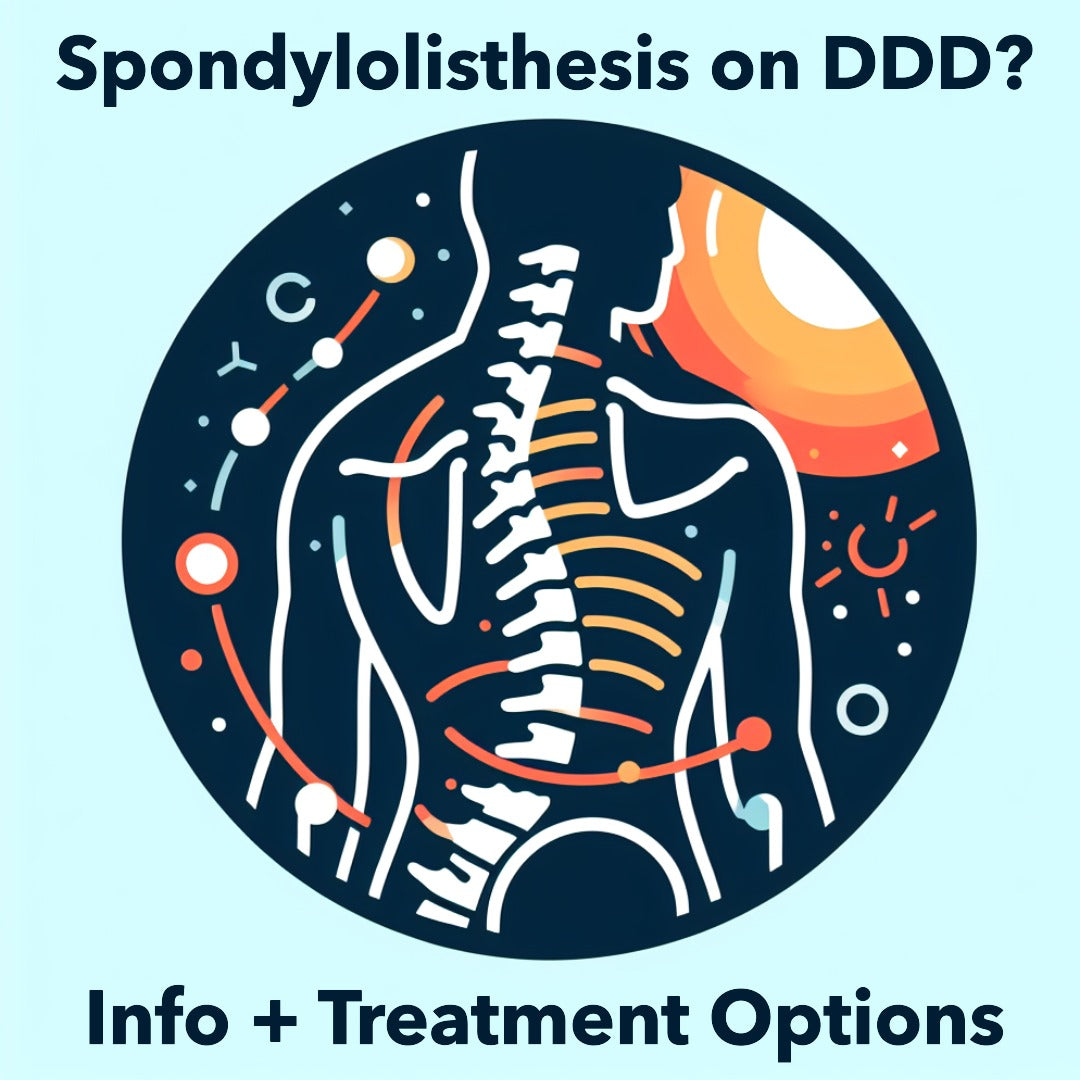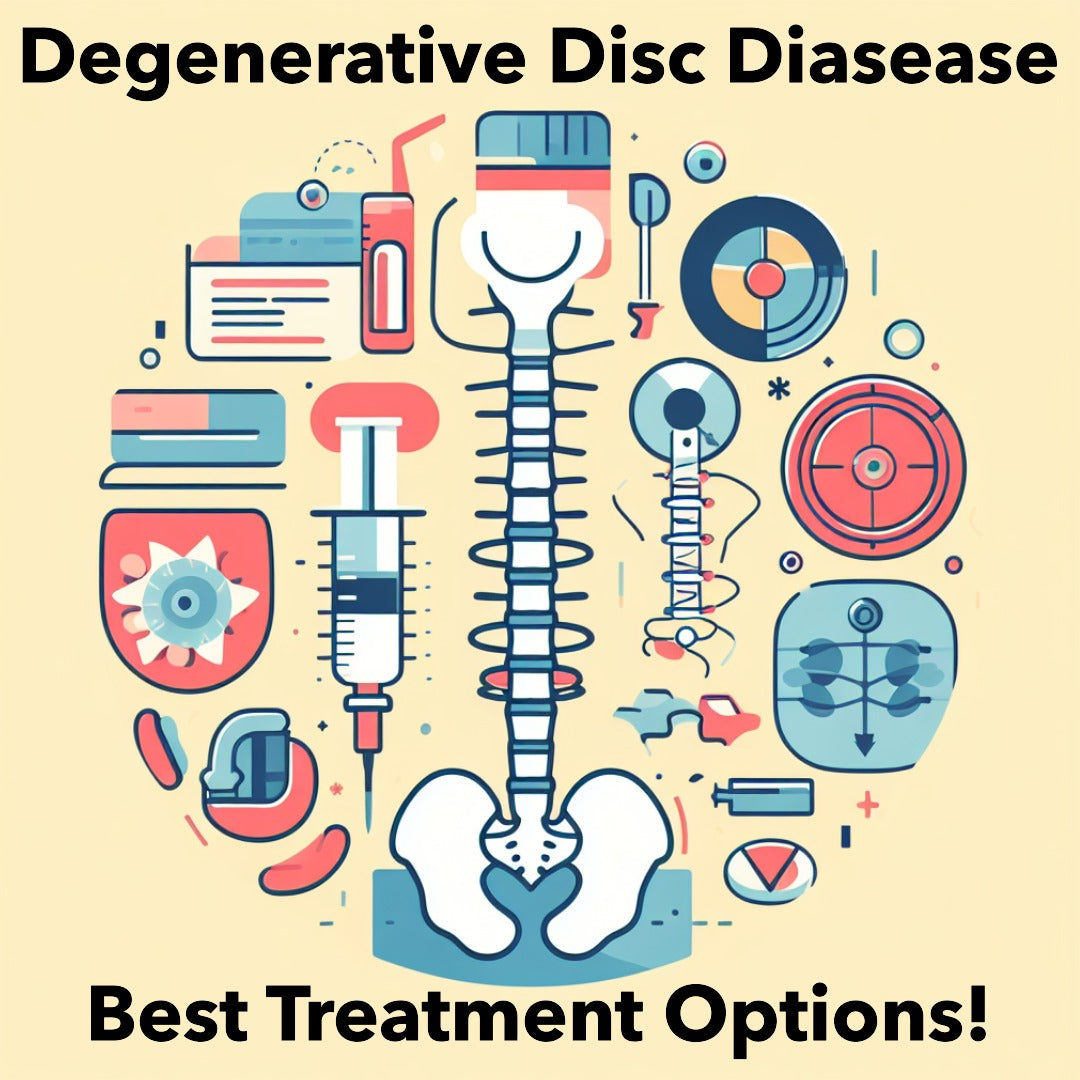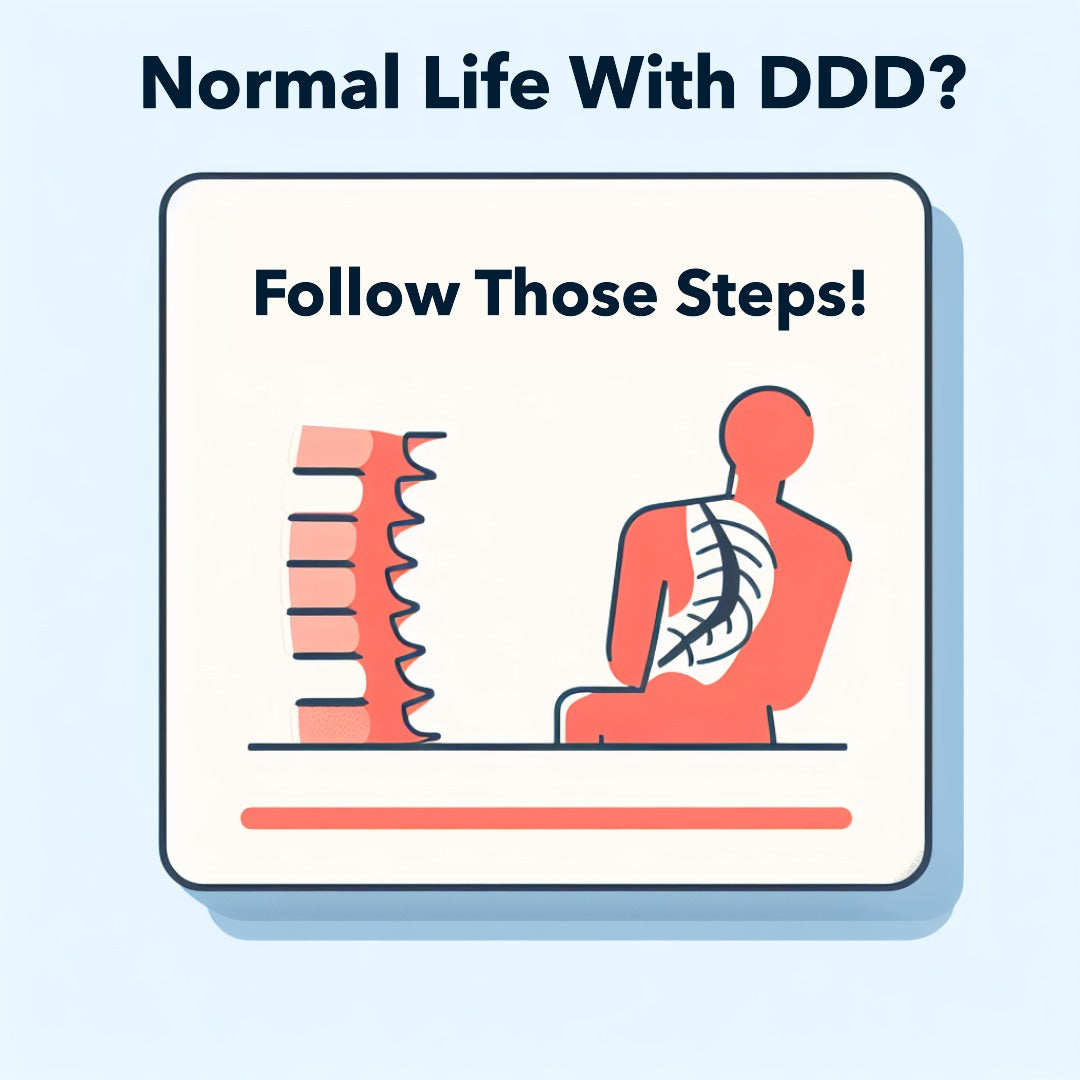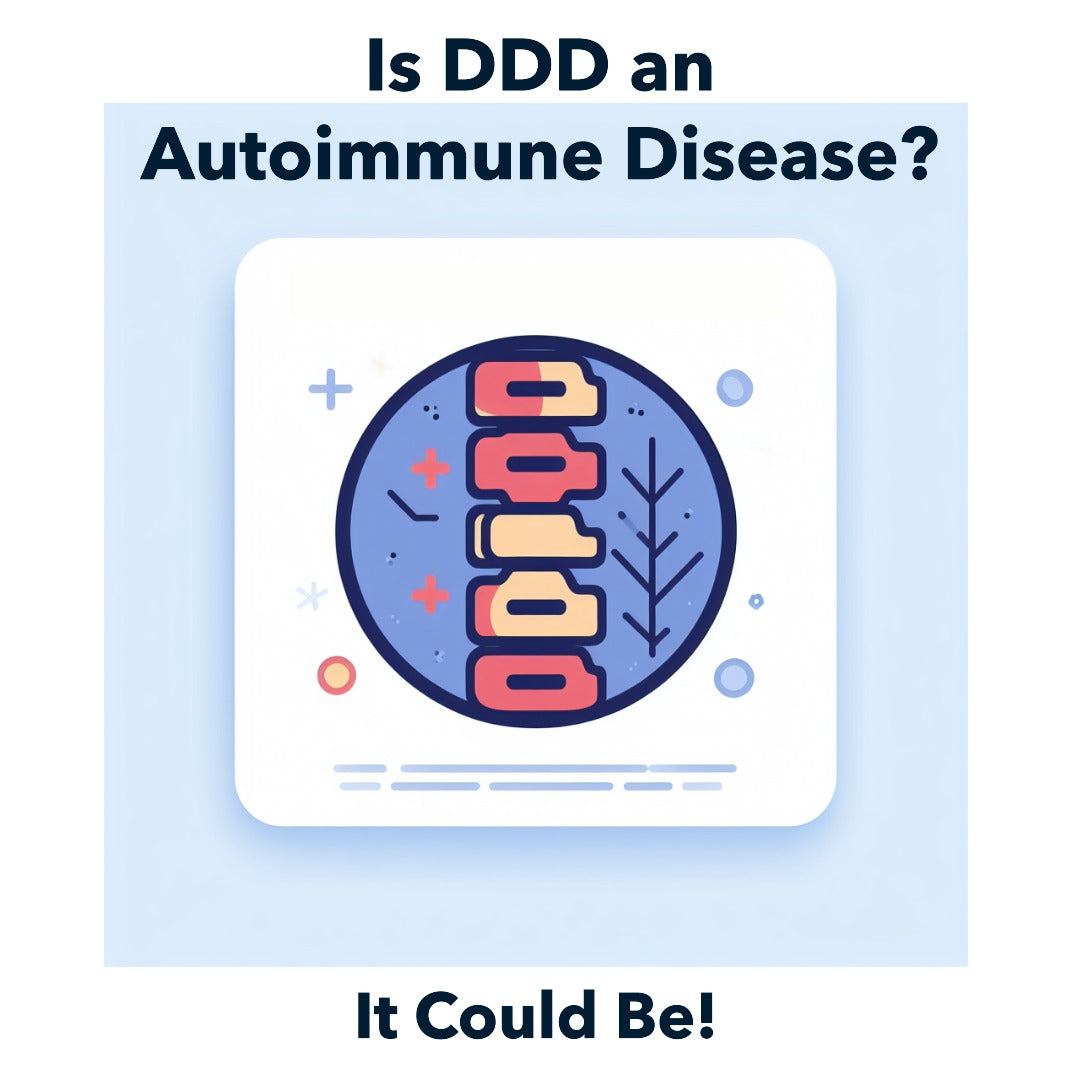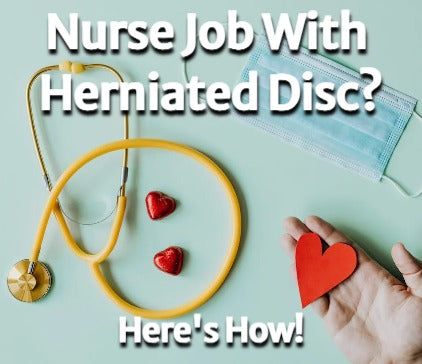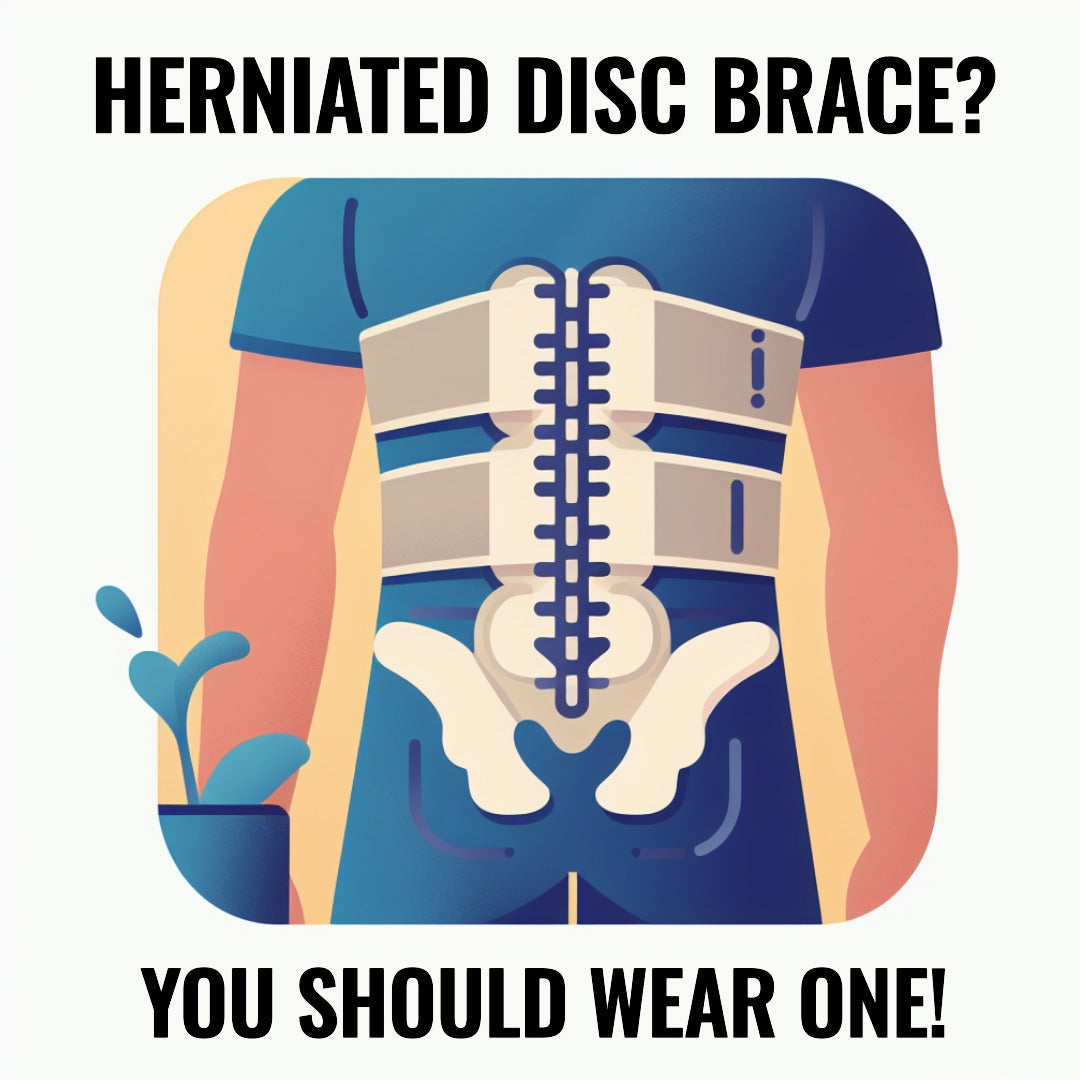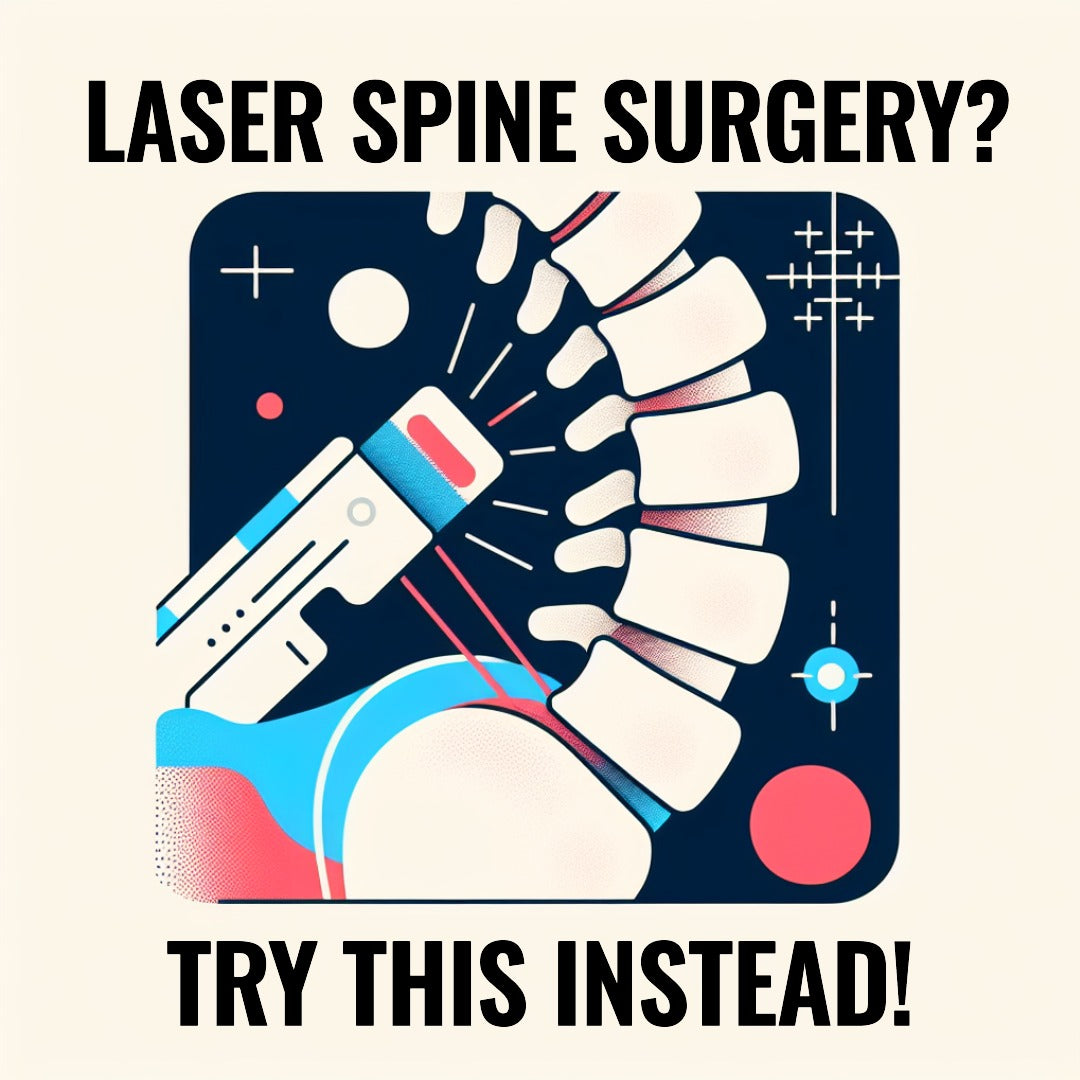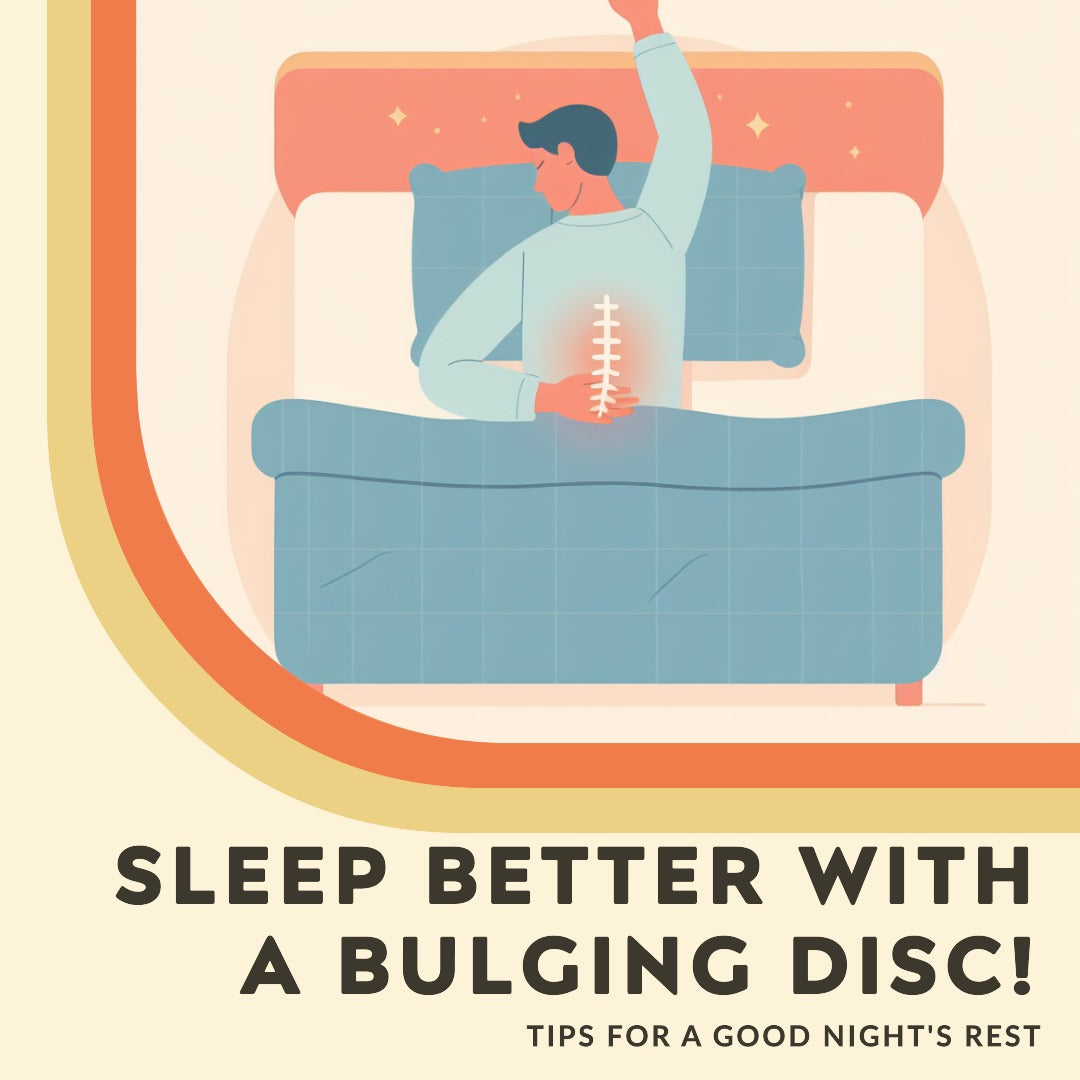
Will having children worsen Degenerative Disc Disease? Find Now
What's Inside This Article
| Section | What You'll Learn |
|---|---|
| 1. Pregnancy, Childbirth, and Back Pain | How having a baby can affect your back |
| 2. Risks and How to Stay Safe | Things that can make back pain worse and how to avoid them |
| 3. Keeping Your Back Healthy: Exercise, Good Posture, and Treatments | Ways to keep your back strong and healthy |
| 4. The InoPedia™ Decompression Belt | A cool tool that can help with back pain |
1. Pregnancy, Childbirth, and Back Pain
You might be wondering if having kids can make a bad Degenerative Disc Disease worse. Well, the answer is not really. But, the extra work your body does when you're pregnant or after you have a baby can sometimes make an already sore back feel even worse.
1.1 Pregnancy and Your Back
When you're pregnant, your body changes a lot! You gain weight and your body makes special hormones that can make the ligaments in your spine looser. All of this can put extra pressure on your back.
1.2 After the Baby is Born
After you have your baby, your body needs time to get back to normal. This includes your back, which might have been strained during pregnancy and when you gave birth.
2. Risks and How to Stay Safe
There are some things that can make back pain worse:
- Getting older: Most people have some wear and tear on their back by the time they're 40.
- Hurting your back: Like if you fall down.
- Being overweight: Extra weight can put more pressure on your back.
- Smoking: It's bad for your whole body, including your back!
- Doing a job that's hard on your back: Like if you have to lift heavy things a lot.
But don't worry! There are lots of ways you can protect your back:
- Stand Tall: Keep your chest up high, relax your shoulders, and don't lock your knees. If you have to stand for a long time, rest one foot on something low like a step stool — and take breaks often.
- Stay Active: Do exercises that are easy on your body like walking, swimming, yoga, Pilates, and stretching.
- Use the Right Tools: Use a chair that's made to support your back.
- Keep a Healthy Weight: Extra weight puts more pressure on your spine.
- Drink Lots of Water: Water is good for everything in your body including your spine.
3. Keeping Your Back Healthy: Exercise, Good Posture, and Treatments
Doing regular exercise is really important if you have back pain. Here are some exercises that might help:
- Hamstring Stretches: This helps the big muscles in the back of your thigh.
- Cat Stretch: This helps relieve pressure on your hips and spine.
- Back Extension: This is a good all-around exercise for your back that can help relieve tense muscles and reduce pain over time.
- Knee to Chest Stretch: This works the muscles in your lower back and helps decrease tension in the spine while also working the hamstrings and hips.
- Walking: Walking every day can help prevent DDD from getting worse.
Ergonomics is all about making sure people use things in the safest and most efficient way possible. Here are some ergonomic tips for people with degenerative disc disease:
- Use an Ergonomic Chair: A chair that's made to support your back can help keep good posture.
- Maintain Good Posture: Good posture can help reduce strain on your back and neck muscles.
- Avoid Heavy Lifting: Lifting heavy things can put strain on your back and make symptoms of degenerative disc disease worse.
- Take Breaks: If you have a job or activity that involves sitting or standing for a long time, take regular breaks to move around and stretch.
There are lots of ways to treat DDD:
3.1 Non-Surgical Treatments
Usually, doctors recommend trying these treatments first:
- Nonsteroidal anti-inflammatory drugs (NSAIDs)
- Physical therapy
- Exercise
- Limited rest
- Steroid injections
- Bracing
- Chiropractic
- Acupuncture
3.2 Surgical Treatments
Sometimes, surgery might be necessary. But usually this is only considered if other treatments haven't worked.
4. The InoPedia™ Decompression Belt
One cool tool for managing DDD is the InoPedia™ Decompression Belt available at [Treatopedia]. This belt uses air to create negative pressure on the lower back, which helps relieve pain for the lumbar spine, degenerative disc diseases, pinched nerves, and arthritis. It's a non-invasive treatment option that can provide significant relief from back pain caused by various conditions.
4.1 How Does It Work?
The belt works by providing traction and decompression to the spine, creating a negative pressure within the intervertebral discs. This helps reduce the pressure on the spinal discs and relieves the weight of the upper body off the lower back.
4.2 Benefits of Using a Decompression Belt
The Decompression Belt is great for people with degenerative, herniated or bulging discs. It provides a commendable blend of essential back support and enhanced comfort.
4.3 Risks Associated with Using a Decompression Belt
Unlike other treatment options, using a decompression belt is virtually risk-free. However, it's always best to consult with a healthcare professional before starting any new treatment regimen.
We hope this guide has helped you understand more about back pain and how having kids can affect it.


 Dr. Allan McManus,
Dr. Allan McManus,